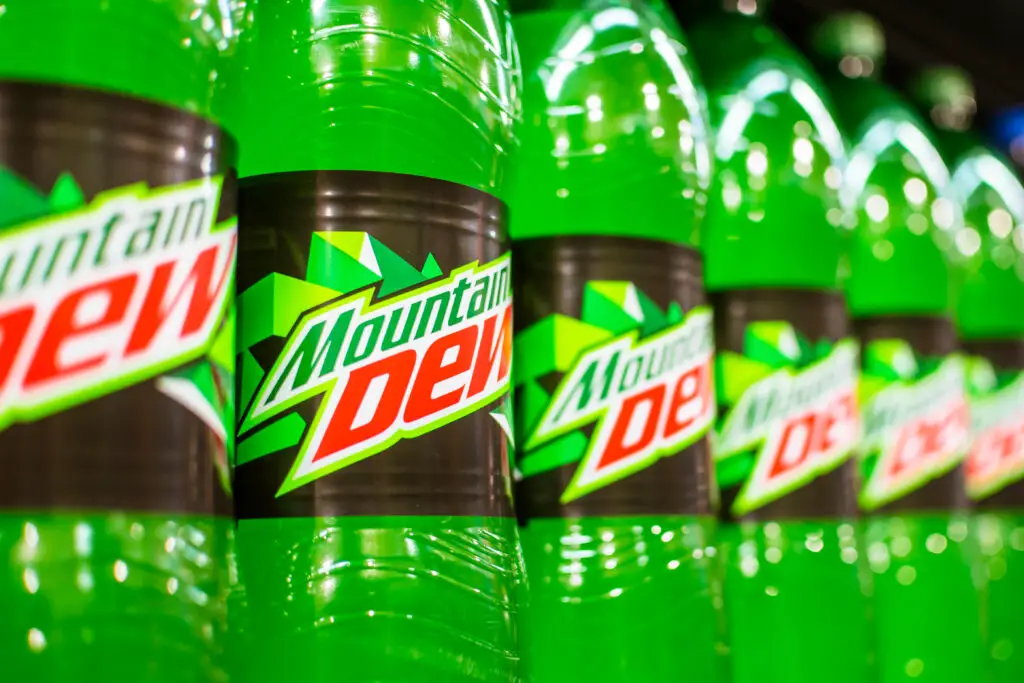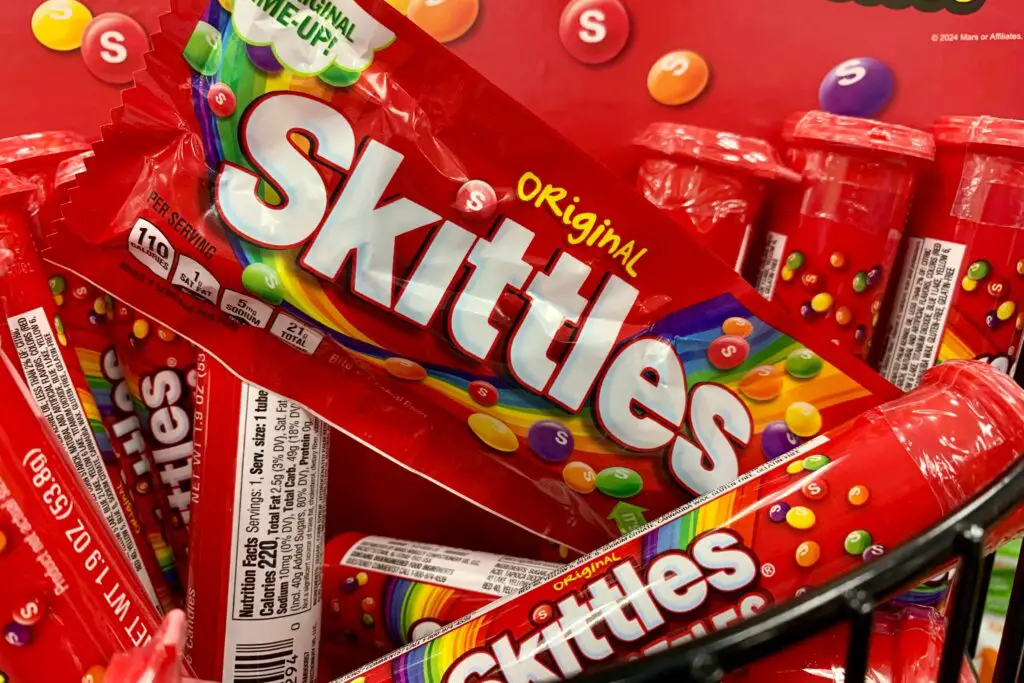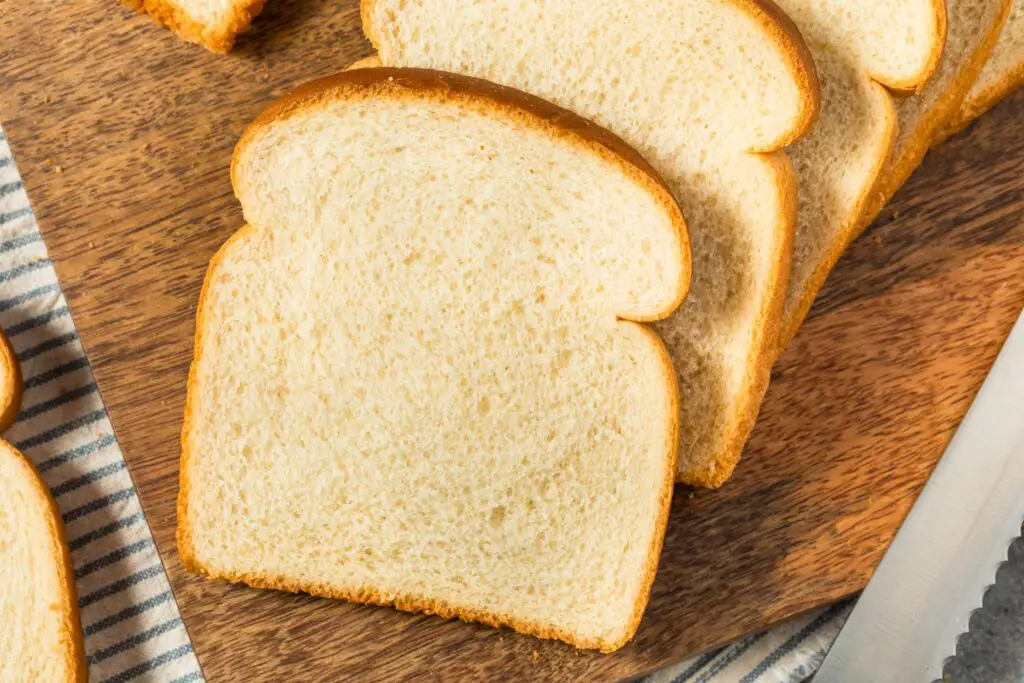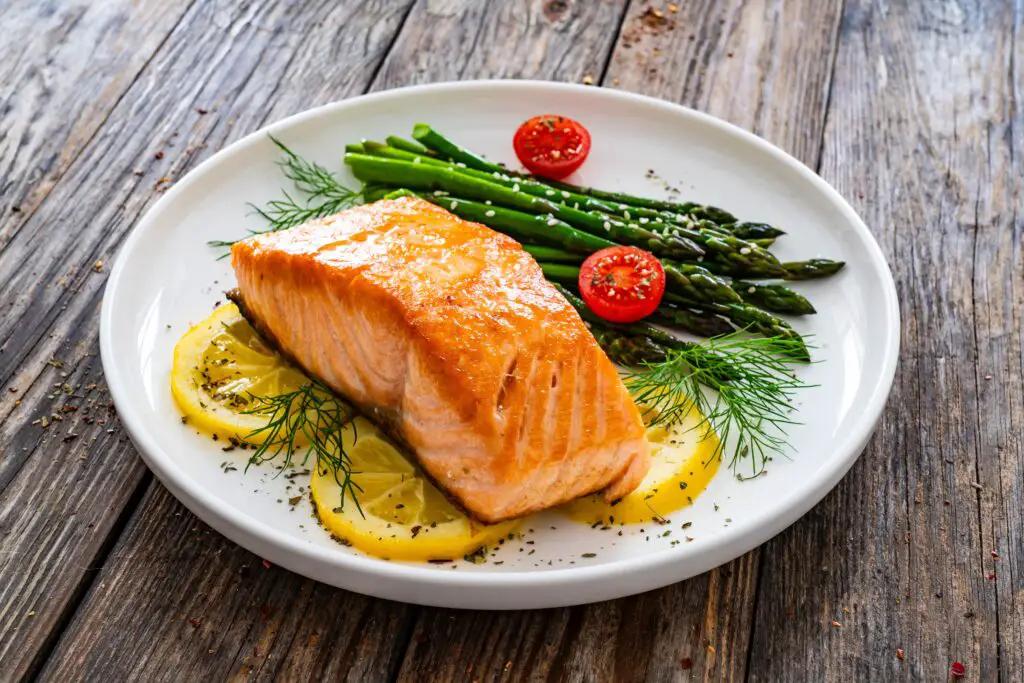1. Mountain Dew

If you grew up in the U.S., chances are you’ve cracked open a can of Mountain Dew at least once, especially during a late-night cram session or road trip. But over in Europe and Japan, this bright green soda is banned due to one particular ingredient: brominated vegetable oil (BVO). Originally added to keep the citrus flavor from separating, BVO contains bromine, which is also found in flame retardants. That little fact alone is enough to make some people swear off it for good.
While PepsiCo announced in 2023 that it would finally remove BVO from Mountain Dew, that change came after decades of controversy and a whole lot of international pushback. Some countries didn’t wait—they simply banned it outright years ago. Meanwhile, bottles with the ingredient still sit on some U.S. shelves depending on when and where they were manufactured. It’s wild to think something considered toxic elsewhere was once marketed as a cool sports drink companion here.
2. Skittles

“Taste the Rainbow” has a much different vibe in places like Norway and Austria, where certain Skittles ingredients have been banned altogether. Specifically, these countries have outlawed artificial food dyes like Yellow 5 and Red 40, which are linked to hyperactivity in children and potential health risks. In the U.S., they’re still used in everything from cereals to candies without much warning on the packaging.
These dyes are so common in American snacks that most of us don’t even think twice about them. But if a candy like Skittles needs a chemical cocktail to achieve its bold colors, maybe it’s worth a second look. Some U.S. brands are now exploring natural alternatives, but the switch has been slow. Until then, those little fruit-flavored candies continue to walk the line between nostalgic treat and controversial snack.
3. Ractopamine-Treated Pork

You may never have heard of ractopamine, but if you eat pork in the U.S., you’ve probably consumed it. It’s a feed additive used to bulk up pigs before slaughter, allowing for leaner cuts of meat. Sounds efficient, but over 160 countries, including China and Russia, have banned pork treated with ractopamine due to concerns over its effect on human health and animal welfare.
In America, though, it’s still totally legal and relatively common. Most grocery stores don’t label whether their pork contains ractopamine, so consumers rarely know what they’re getting. The FDA has deemed it safe, but international scientists have questioned its long-term effects. Despite all the red flags, it remains a quiet fixture in the meat aisle.
4. Frosted Flakes

A bowl of Frosted Flakes feels like a warm hug from childhood, especially when Tony the Tiger is yelling that “They’re grrreat!” But what’s not so great is that in places like the UK, foods with BHT (butylated hydroxytoluene) are either restricted or banned altogether. BHT is a synthetic preservative used to keep cereals like Frosted Flakes from going stale, but studies have linked it to potential carcinogenic effects.
In the U.S., BHT continues to be used without much fuss, and it’s listed in the ingredients of countless cereals, snacks, and even gum. Most Americans are unaware that their nostalgic breakfast might be frowned upon overseas. Some companies have begun phasing it out, but others argue there isn’t enough proof to make the change. Meanwhile, international regulators prefer to play it safe and leave BHT out of the bowl entirely.
5. American Bread

American bread might taste sweet and fluffy, but it’s often loaded with something called potassium bromate. This chemical helps dough rise and keeps bread white and soft, which is why it’s used in everything from sandwich loaves to hamburger buns. But countries like the UK, Canada, and Brazil have banned potassium bromate due to its potential to cause cancer in lab animals.
In the U.S., the FDA still permits its use, though it recommends bakers use it “responsibly.” The problem is, most consumers don’t even know it’s in their bread. Unless you’re checking every label, it’s easy to miss. It’s strange to think a staple like a PB&J sandwich could contain something banned in most of the world.
6. Farmed Salmon

Salmon seems like one of the healthier choices at the grocery store, especially if you’re trying to eat more omega-3s. But some farmed salmon in the U.S. gets its pink color from synthetic astaxanthin, a substance banned for use in food in countries like Australia and New Zealand. Without it, the fish would be gray due to the unnatural conditions of salmon farming.
Add to that concerns over antibiotics and cramped living conditions, and it’s no wonder other countries have more stringent regulations. In the U.S., these salmon are still widely sold and often not clearly labeled. Consumers often assume they’re getting the same fish they’d find in Alaska, but it’s a completely different story. It’s another case where appearance and convenience are prioritized over health concerns others refuse to ignore.
